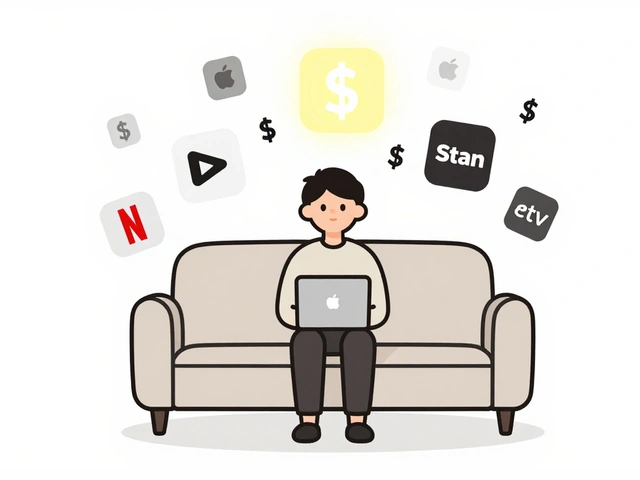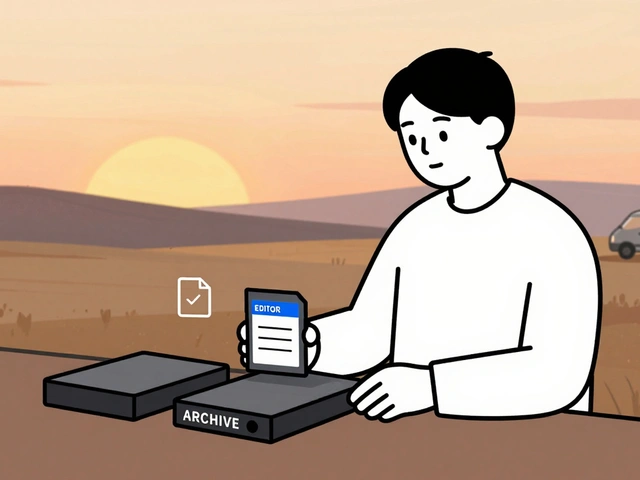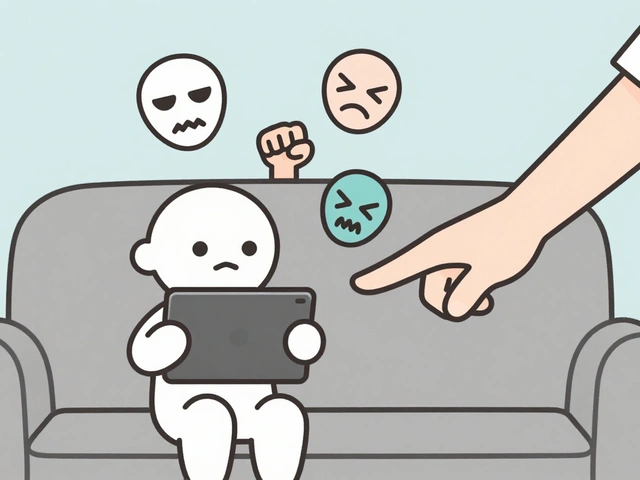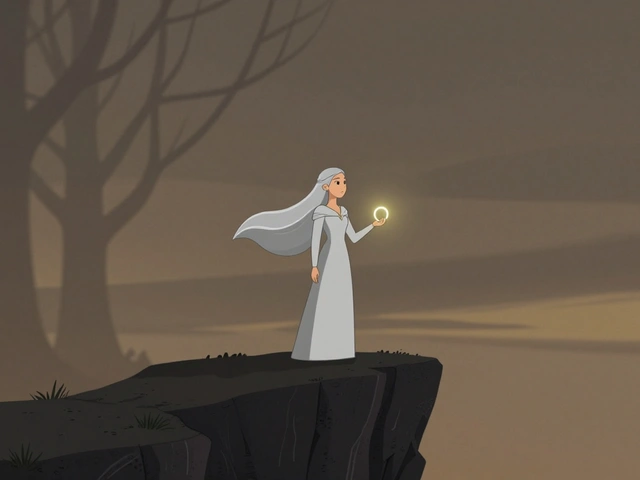Age-Appropriate Shows: What Works for Kids, Teens, and Families
When you pick a show for your kid, you’re not just choosing entertainment—you’re choosing what shapes their understanding of the world. Age-appropriate shows, content designed to match a viewer’s developmental stage, emotional maturity, and cognitive abilities. Also known as family-friendly content, it’s not just about avoiding bad words—it’s about matching themes, pacing, and consequences to what a child can actually process. A show that’s fine for a 10-year-old might scare a 6-year-old or bore a 14-year-old. That’s why ratings like TV-Y7 or 13+ aren’t just labels—they’re signals about emotional complexity, social dynamics, and even how violence or conflict is portrayed.
Not all shows labeled "kids" are truly suitable. Some use bright colors and cute characters to hide mature themes like bullying, abandonment, or moral ambiguity. On the flip side, some teen shows get tagged as "for older audiences" just because they have a teenager as the main character, even if the story is about friendship and growing up. The real test? Does the show respect the viewer’s ability to understand consequences? Does it offer clear emotional logic, or just shock value? Content ratings, systems like TV parental guidelines or streaming platform age filters. Also known as age ratings, they’re a starting point—but not the whole story. What matters more is the family-friendly content, media that supports positive values, healthy relationships, and safe exploration without exploitation. Also known as safe viewing, it’s what parents actually look for when they’re tired of clicking past ads and trailers.
You don’t need to watch every episode to know if a show fits. Look at how conflict is resolved. Are problems solved with communication, or just brute force? Do characters grow, or just repeat the same mistakes? Are diverse perspectives shown with respect, or just as stereotypes? The best age-appropriate shows don’t talk down to kids—they give them tools to understand their feelings, ask questions, and see the world more clearly. That’s why shows that focus on emotional intelligence, curiosity, and problem-solving often outlast trends.
Below, you’ll find real guides on what’s actually working for families right now—not just what’s trending. From how to spot hidden mature themes in "kid" shows, to how streaming platforms handle age filters, to what teens really want to watch without feeling babysat. No fluff. Just what helps you pick better shows, faster.
18
Age-Appropriate Content: Finding Shows for Different Ages
Learn how to choose age-appropriate TV shows for toddlers, tweens, and teens. Understand developmental needs, spot harmful content, and use parental controls wisely to foster healthy viewing habits.
Latest Posts
Popular Posts
-
 How to Find All Your Streaming Subscriptions and Stop Overpaying
How to Find All Your Streaming Subscriptions and Stop Overpaying
-
 Data Management: DIT, Backups, and Archival Best Practices for Video Teams
Data Management: DIT, Backups, and Archival Best Practices for Video Teams
-
 Parental Controls on Free Streaming Apps: How to Keep Kids Safe Online
Parental Controls on Free Streaming Apps: How to Keep Kids Safe Online
-
 Best Educational TV Shows for Preschoolers, Elementary Kids, and Tweens
Best Educational TV Shows for Preschoolers, Elementary Kids, and Tweens
-
 Lord of the Rings: The Rings of Power on Prime Video - What to Know in 2025
Lord of the Rings: The Rings of Power on Prime Video - What to Know in 2025



